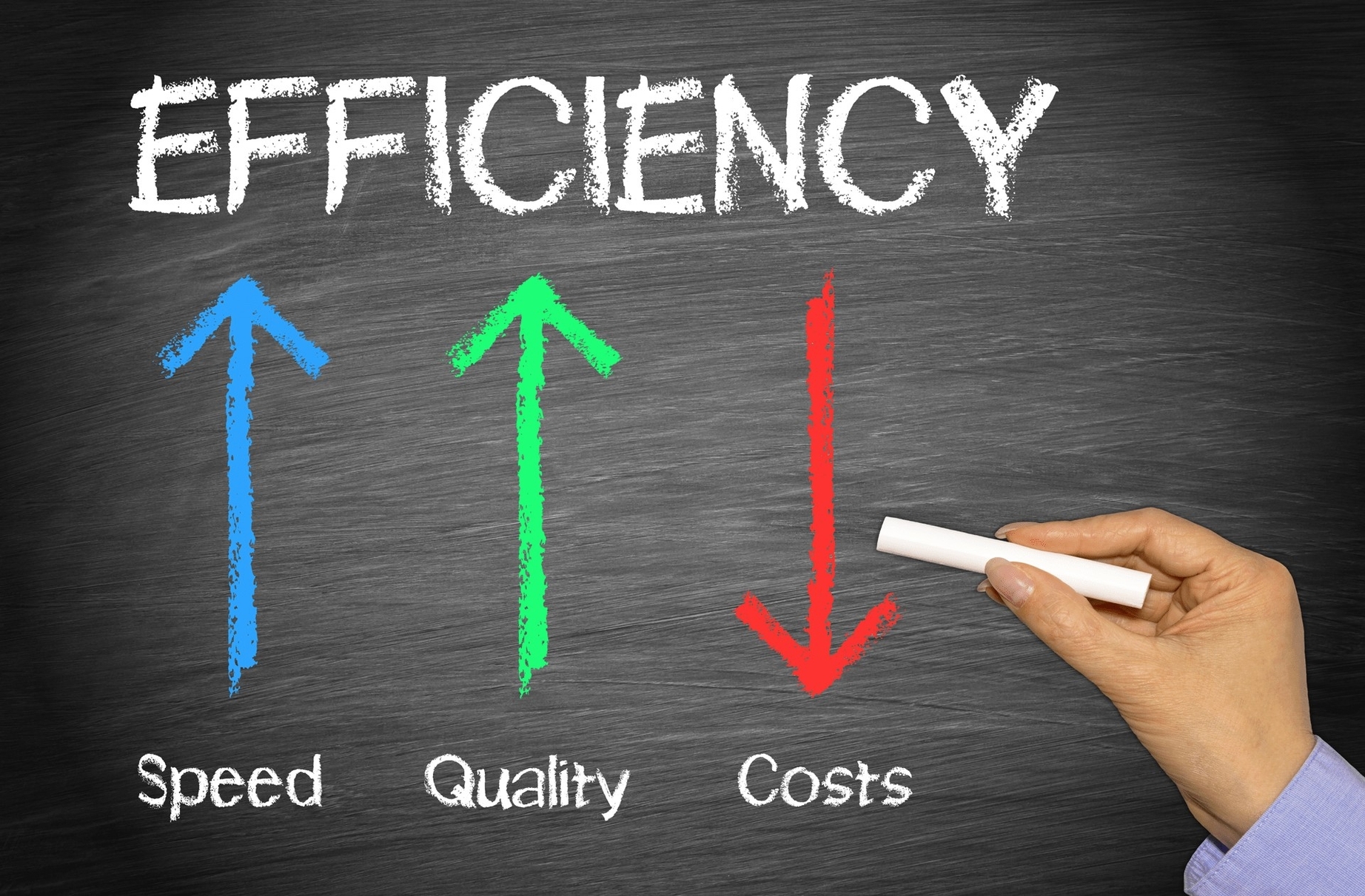
Workplace efficiency is the ability to accomplish tasks and goals while optimizing the process, avoiding the waste of time, energy, and resources available. You can measure work efficiency by analyzing how your team produces the results while minimizing waste and focusing on productivity.
There are many strategies that can be used to improve workplace efficiency. Here are some of them:
1. Take breaks: Taking breaks while working on tasks can allow your mind to rest and reset. If you estimate a task is going to take two hours to complete, consider taking a 15-minute break between hours to grab a snack or go for a walk. Breaks can promote efficiency because they help you return to work with a fresh mind and renewed energy .
2. Establish realistic goals: Goal-setting can provide an effective means of managing the steps to reach your goal and measuring your progress. It’s important to ensure your goal is achievable and realistic so that you’re able to meet it. This can promote motivation and excellent time management and provide a sense of accomplishment after achieving a goal .
3. Measure your time: To evaluate your productivity levels, consider measuring how much time you use while completing each job task. This can help you understand what tasks take more time and give you the opportunity to evaluate why. You can then work on improving the efficiency of those specific tasks, along with using time-management skills to handle your daily task list .
4. Delegate to others: A great way to improve your efficiency at work is to delegate tasks to others. While this may not be possible in all situations, delegating tasks can help you focus on the most important tasks and ensure that everything gets done on time.
5. Eliminate distractions: Distractions can be a major source of inefficiency in the workplace. Consider turning off your phone or email notifications while working on important tasks. You can also try working in a quiet area or using noise-cancelling headphones to block out distractions.
6. Use technology: There are many tools and apps available that can help you improve your efficiency at work. For example, project management software can help you keep track of tasks and deadlines, while time-tracking apps can help you monitor how much time you spend on each task.
7. Collaborate with others: Collaboration can be a great way to improve efficiency in the workplace. By working together, you can share ideas and knowledge, and divide tasks based on individual strengths and weaknesses. This can help you complete tasks more quickly and effectively.
8. Streamline processes: Streamlining processes can help you eliminate unnecessary steps and reduce the time and effort required to complete tasks. Consider using automation tools or creating templates to simplify repetitive tasks.
9. Maintain a positive attitude: A positive attitude can help you stay motivated and focused on your goals. Try to maintain a positive outlook, even when faced with challenges or setbacks.
10. Take care of yourself: Finally, it’s important to take care of yourself in order to maintain workplace efficiency. This includes getting enough sleep, eating a healthy diet, and exercising regularly. By taking care of yourself, you can ensure that you have the energy and focus needed to be productive at work.
In conclusion, workplace efficiency is the ability to accomplish tasks and goals while optimizing the process, avoiding the waste of time, energy, and resources available. There are many strategies that can be used to improve workplace efficiency, including taking breaks, establishing realistic goals, measuring your time, delegating tasks, eliminating distractions, using technology, collaborating with others, streamlining processes, maintaining a positive attitude, and taking care of yourself. By implementing these strategies, you can improve your productivity and achieve your goals at work.
